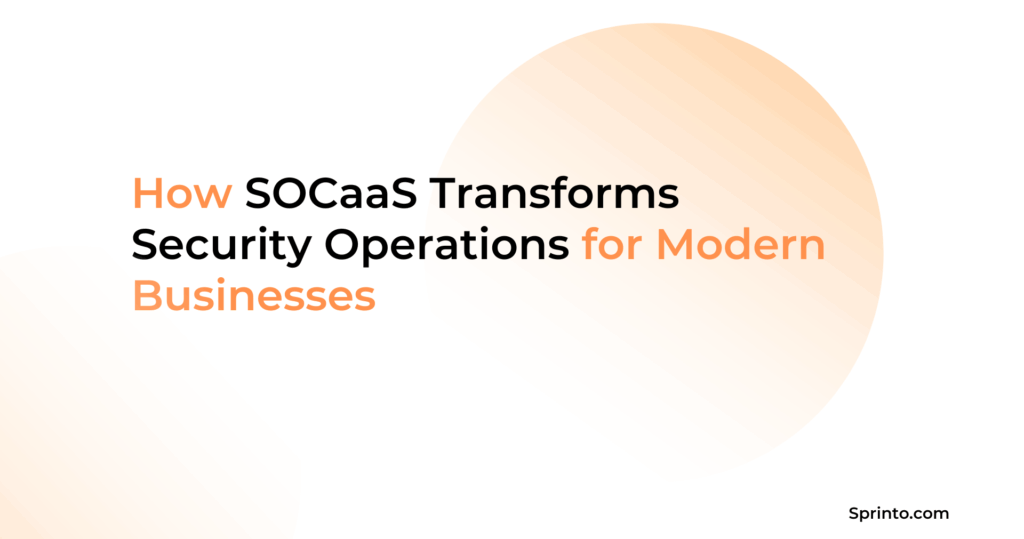Glossary of Compliance
Compliance Glossary
Our list of curated compliance glossary offers everything you to know about compliance in one place.
NIST 800-145
NIST Special Publication 800-145, titled The NIST Definition of Cloud Computing, provides standardized terminology for cloud computing to ensure uniformity across organizations and industries. It outlines the key characteristics, deployment models, and service models associated with cloud computing to enhance understanding and cloud adoption.
NIST 800-145 outlines five essential characteristics of cloud computing: on-demand self-service, broad network access, resource pooling, rapid elasticity, and measured service.
- On-demand self-service: This means that users can allocate cloud resources on demand without manual intervention
- Broad network access: It indicates that cloud services can be accessed from a wide range of devices using standard methods such as browsers.
- Resource pooling: This indicates that cloud computing resources are pooled to provide service to multiple customers
- Rapid elasticity: This means that cloud capabilities can be scaled up and down based on requirements
- Measured service: It indicates that the usage of cloud resources is monitored and reported
Three Service models: Cloud service models include Infrastructure as a Service (IaaS), Platform as a Service (PaaS) and Software as a Service (SaaS).Four deployment models: The deployment models are categorized as public cloud, private cloud, hybrid cloud and community cloud.
Additional reading
How SOCaaS Transforms Security Operations for Modern Businesses
Guide to Privacy Compliance [Examples, Challenges, & How to Comply]
Corporate Compliance Program: Framework and Implementation

Sprinto: Your growth superpower
Use Sprinto to centralize security compliance management – so nothing
gets in the way of your moving up and winning big.




